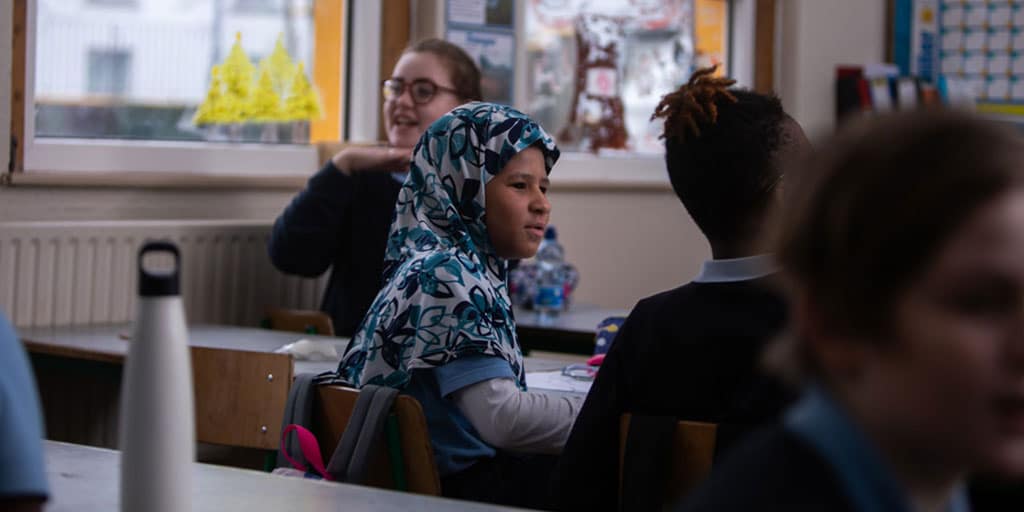This thesis addressed the bystander intervention gap in the workplace bullying literature. Bystanders are employees, other than the bully or target, who are present when bullying occurs. They are well placed to intervene but often they do not. Previous research suggested that increased bystander intervention may lead to a reduction in workplace bullying. Although suggestions for bystander intervention in workplace bullying were found in the literature none had been implemented or measured. As field research this thesis addressed a real-world problem. The participating employees were from a large, mainland UK organisation where workplace verbal bullying had been identified as a problem. Therefore a strategy for bystander intervention in workplace verbal bullying was designed, implemented and measured. The new Responsible Intervention Decision Strategy (RIDS)model combined existing theories on the bystanders’ decision process and responsibility to support bystander intervention. This quantitative study developed and validated a new 15 item Responsible Bystander Intervention in Verbal Bullying (RBI-VB) metric. The concise metric was incorporated into a practical, single-page survey to test the RIDS model in the field. Shop-floor employees participated in pre and post-intervention surveys (N = 1501) and one of four conditions. The RBI-VB metric demonstrated that responsible bystander intervention was positively correlated to bystander willingness to intervene in workplace verbal bullying. This could be increased with RIDS-based training or the in-house campaign; and was positively correlated to self-reported bystander intervention. The study is limited as it took place within a single UK organisation. However, the findings demonstrated the efficacy of the RIDS model and the practical application of the RBI-VB metric for baseline measurements, monitoring and to assess bystander intervention programmes. Willingness to intervene can be increased and this relates to actual intervention but most bystander intervention was carried out by previous targets of workplace verbal bullying. The implications are discussed.
The UNESCO Chair on Bullying and Cyberbullying, the first such Chair in the world, was awarded to Professor James O’Higgins Norman at Dublin City University in 2018. The UNESCO Chairs programme advances research and education in all of UNESCO’s fields of competence by building university networks and encouraging inter-varsity cooperation through transfer of knowledge across borders. Professor O’Higgins Norman, with other members of the Chair, conducts a programme of research within and supported by DCU Anti-Bullying Centre (ABC) that spans a range of global partnerships involving universities, NGOs, Governments, schools and youth organisations. This work encompasses research, education, and policy development.




